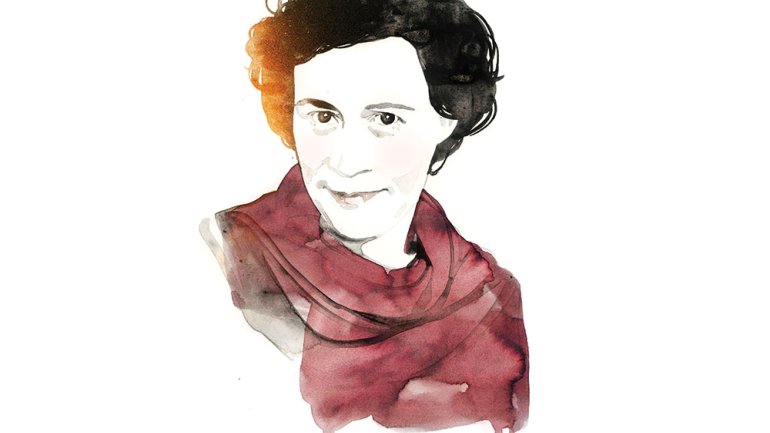Peer Group
Peer Group
Metalsmith Brigitte Martin started the Crafthaus website in 2008 purely for business reasons: to find artists for a brick-and-mortar gallery she was opening in Pittsburgh. But it quickly took on a life of its own, becoming a vibrant online fellowship, with the tagline “Community. Engagement. Advocacy. Humor.” We talked with Martin about the evolution of the website and the people it serves.
Who is Crafthaus for today?
It’s mostly for people who make – craft artists in all fields. It’s also for organizations that market programs, and for collectives, and galleries buying directly.
Artists pay a subscription fee to become members. What do they get for that fee?
A personal web page where they can showcase work, videos, blogs, etc. But what they really get is a safe haven where they can be supported by other artists, where they can share information and broaden their horizons. It’s not an anonymous website; it’s a very personal community.
What void does Crafthaus fill?
It’s got two sides, internal and external. For the artists, they can address a specific audience of their peers, without the need for explanation or justification. It’s different from a conversation with a customer, or even with family and friends. And because it’s open to all craft fields, people get a chance to be less insular in their own practice. In the end, we all want the same thing: to be happy and productive. The site allows them to look for and offer support, to make connections within the field and outside of it.
People who are non-members can get a peek at what artists are thinking. Galleries and museums often use it; the site creates a connection for them, too.
What is an ideal post on Crafthaus? What’s a less than ideal post?
Ideal is when an artist speaks about something they know from firsthand experience, whether it’s a craft technique, a business matter, a show they saw that they liked or disliked. Or a question.
What makes me happy is when an artist takes up a project he or she is passionate about, when they talk about something that is larger, when one of their projects makes the world a better place.
All kinds of posts are welcome – as long as they’re civil and respectful.
Why is civility so important? Has anyone ever broken the civility rule?
Why is it important that people behave? I don’t have a problem with discussion, critique, different opinions, but I want to hear both sides of the story calmly and fairly. Nobody will tolerate being called an idiot – you’ll get your own ax out and start hitting with it. It’s such a waste of energy. It’s OK if I don’t agree. We’ll just meet at the bar for a drink afterwards.
Only one person has broken the civility rule. I had to bar the member from the network forever.
How many members do you have now? What is the optimal number?
About 2,000. For the moment I think we’re good where we are. The more people you have, the less engagement there is, broadly speaking.
Members are juried in. Why?
In 2008, which was the Stone Age in computer time, social networking was all new, a total free-for-all; you can have a hard time finding anything of value in a chaotic environment. So I had parameters around craftsmanship and thought and engagement. I don’t want to have beginner discussions.
Also, good photography is really important, especially online.
Who juries them?
I do. So far it has really worked. This is an edited website, and some people are not there yet. I try to be helpful [to those I reject] – “Please work on your photography. Here are some helpful sites; look this or that up.” I’ve accepted people who reapplied later.
What has surprised you?
How the network has morphed into the service I’m providing for everyone else, and how much I really like doing this. Being editor of Crafthaus has opened my world immensely.
What’s next for Crafthaus?
I definitely see a continued focus on what Crafthaus does well: It will continue to be where humor has a place, quirkiness has a place, otherness has a place. I’d like it to be an international information hub around all things craft. Craft has been insular for a very long time. Now it’s time to open up – to the DIY world, slow-food movement, design, architecture – people who share our viewpoint and values. It’s time to open up and work with whoever wants to engage with us.
Judy Arginteanu is a writer in Minneapolis and American Craft’s copy editor.




